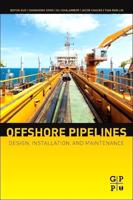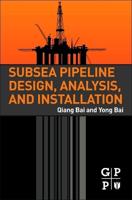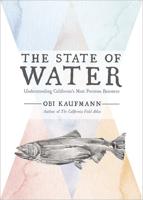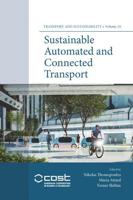Publisher's Synopsis
Focusing on simplified models of physical flow processes, this book develops a series of quantitative models to describe the recovery of oil and gas from hydrocarbon reservoirs (including fracking), the physics of geo-sequestration of CO2, geothermal power production, and the potential for underground contaminant dispersal in the long-term storage of nuclear waste. The author approaches these problems by developing simplified mathematical models and identifying the key dimensionless variables that control the processes. This analysis is then used to demonstrate the challenges and constraints of modelling flow in complex and heterogeneous rocks, which often have uncertain flow properties. Analytical solutions for flows are provided where possible, and analogue laboratory experiments are also presented to help illustrate and provide a different perspective on the flows. Incorporating end-of-chapter exercises, this is an important introduction to the different controls on flow in porous rocks for academic researchers, energy industry professionals and graduate students.










